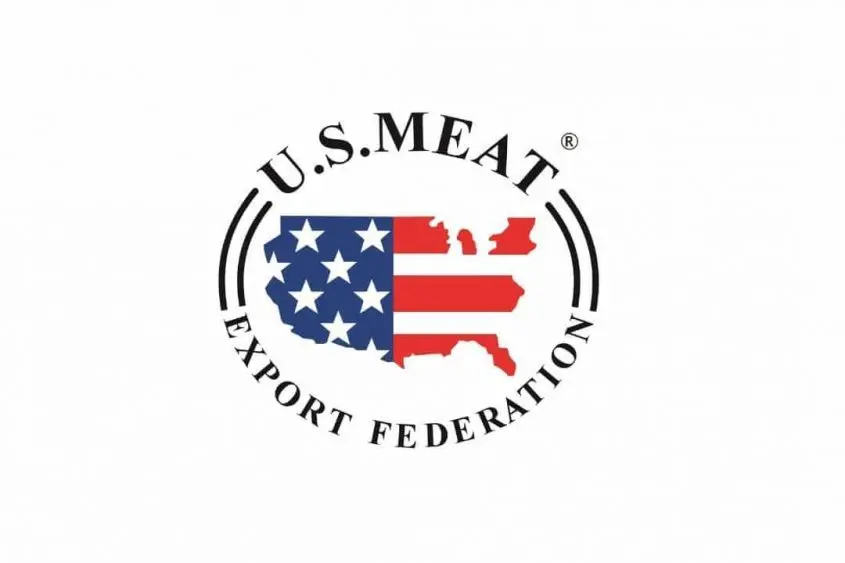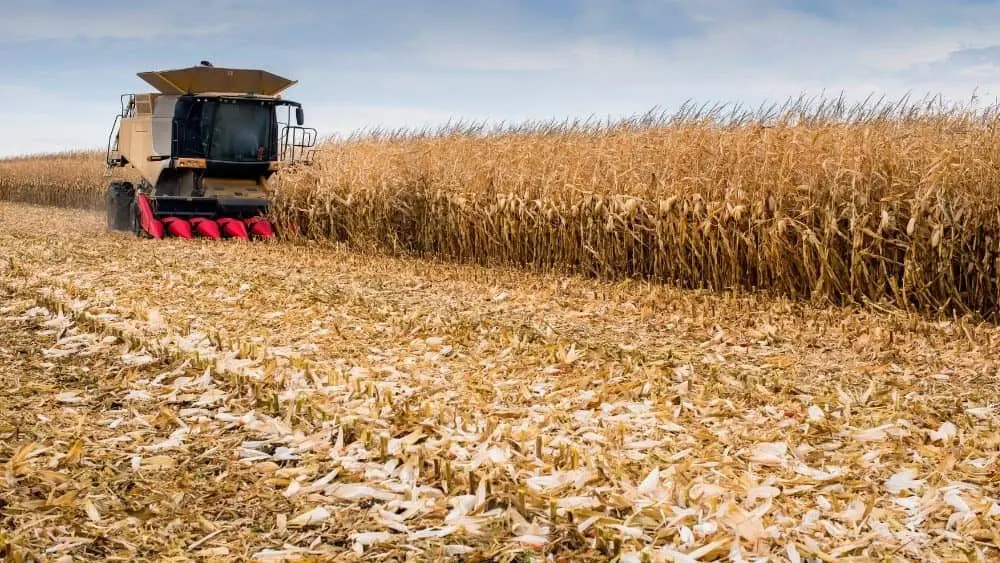
A dramatic collapse of honeybee colonies is raising alarm across U.S. agriculture. Earlier this year, commercial beekeepers found many of their colonies either severely weakened or entirely collapsed, with no clear cause yet identified. Industry experts are calling it the worst honeybee die-off in U.S. history. Over 50 percent of the nation’s managed colonies reportedly experienced losses. Combined with smaller die-offs occurring throughout the year, many beekeepers have seen between 70 and 100 percent of their hives vanish within the past 12 months. That’s according to a recent report by Project Apis m, a honeybee research organization.
“The losses are severe, broad, and may impact food security through inadequate pollination services,” the report warns.
U.S. beekeepers discovered the widespread colony losses in January while preparing their hives for shipment to California for the annual almond pollination season. This timing added urgency to an already critical event in the pollination calendar, further compounding industry concerns.
According to Project Apis m., the scale and characteristics of the current die-off recall the infamous 2007-2008 outbreak of colony collapse disorder (CCD), during which commercial beekeepers reported losing up to 70% of their honey bee colonies. CCD is characterized by the unexplained disappearance of most worker bees in a hive, leaving behind the queen, food stores, and a small number of caretaker bees.
“Recent inspections by our field scientists have revealed that many dead colonies had abundant honey stores and only small areas of brood, with nearly all adult bees missing,” the Project Apis m. report notes. “In surviving colonies, we observed rapid population declines—often occurring within ten days of passing health inspections.”
Comparable mass losses were previously observed in 2023 in Florida, where some operations experienced up to 90% mortality in their colonies. Early conclusions from that event are still being evaluated through peer review, but preliminary evidence points to a combination of chemical exposure and emerging pathogens as likely contributors.
In response, the industry has mobilized a cooperative effort among Project Apis m., the American Beekeeping Federation, the American Honey Producers Association, and the USDA’s Agricultural Research Service laboratories.
“While the root cause remains undetermined, traditional factors such as inadequate wintering practices and elevated parasitic mite infestations are not considered primary drivers of these recent losses,” the report concludes.
The estimated financial cost to the apiary industry exceeds $139 million.
The USDA highlights the critical role of honeybees in pollinating over $15 billion worth of crops annually, including more than 130 fruits, vegetables, and nuts . Research is ongoing to determine the causes of the die-offs, with factors such as pesticides, diseases, and environmental stressors under investigation .



